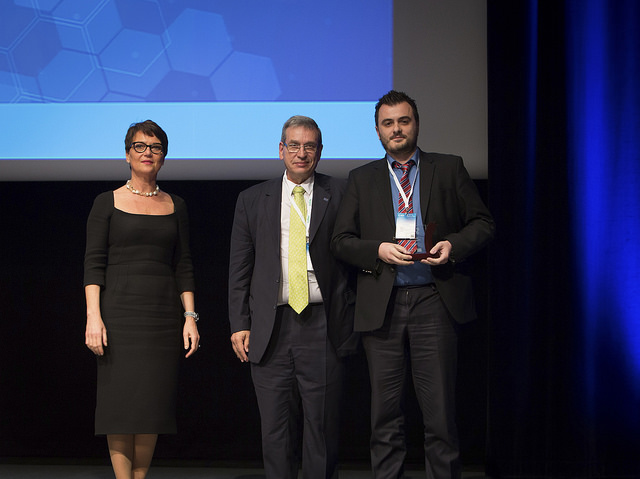- Portobet platformuna erişim sağlamak için güncel bağlantıları takip etmek son derece önemlidir. Özellikle yeni üyeler, sorunsuz kayıt ve hızlı para yatırma avantajlarından yararlanarak Portobet’in sunduğu güvenli bahis ortamının keyfini çıkarabilirler. Giriş sorunları yaşadığınızda, doğrudan resmi siteyi kullanmak hesap güvenliğiniz açısından en doğru tercihtir.
- Portobet giriş işlemlerinde en çok tercih edilen alternatif adreslerden biri olan porto-bet.net, kullanıcılarına sorunsuz erişim ve yüksek oranlı bahis imkânları sunuyor. Bahis severler, güncel Portobet giriş adresi üzerinden canlı maç izleme, özel bonus fırsatları ve kesintisiz ödeme çözümleriyle beklentilerinin ötesinde bir deneyim yaşayabilirler.
- Spor tutkunları için Portobet mobil uygulaması ile hem iOS hem de Android cihazlarınızdan, anında ve güvenli şekilde bahis oynamak mümkün. Mobil giriş sayesinde Portobet’in hızlı para çekme, güncel maç analizleri ve canlı destek avantajlarından, dilediğiniz her yerde kesintisiz yararlanabilirsiniz. Güncellenen uygulama ile erişim sorunları tamamen ortadan kalkar.
- CSV Viewer makes it easy to open, explore, and filter large CSV files directly in your browser. With its user-friendly interface and advanced data analysis tools, CSV Viewer helps you manage, visualize, and process spreadsheet data more efficiently for all your workflow needs.
- Base64 Encode offers a fast and secure way to convert any text or file to base64 format online. This tool streamlines data encoding for web projects, making data transmission, storage, and sharing more reliable, whether you’re a developer or just need a simple encoding solution.
Plenary session
The scientific program is complemented by the plenary session, taking place on Wednesday afternoon May 4, with two outstanding speakers, Prof. Dr. Joachim Maier, of Max-Planck-Institut Stuttgart, Germany, and Prof. Stéphanie P. Lacour, of Bertarelli Foundation, Ecole Polytechnique Fédérale de Lausanne (EPFL), Lausanne, Switzerland.
This central session will continue with the Reach.Out Award and the EU-40 Materials Prize. The latter is a prestigious prize awarded to researchers under 40 who are showing exceptional promise for leadership and have made outstanding and innovative contributions to Materials Research in Europe.
The presentation of the Graduate Students Awards will conclude the plenary session.
Program:
16:15 - 16:30
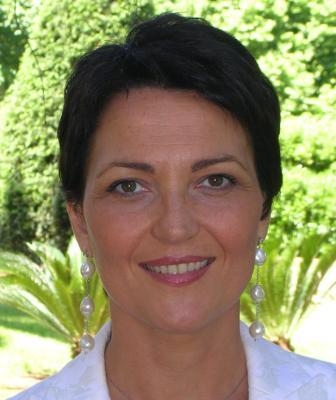 |
Welcome address Luisa Torsi |
|
16:30 - 17:10
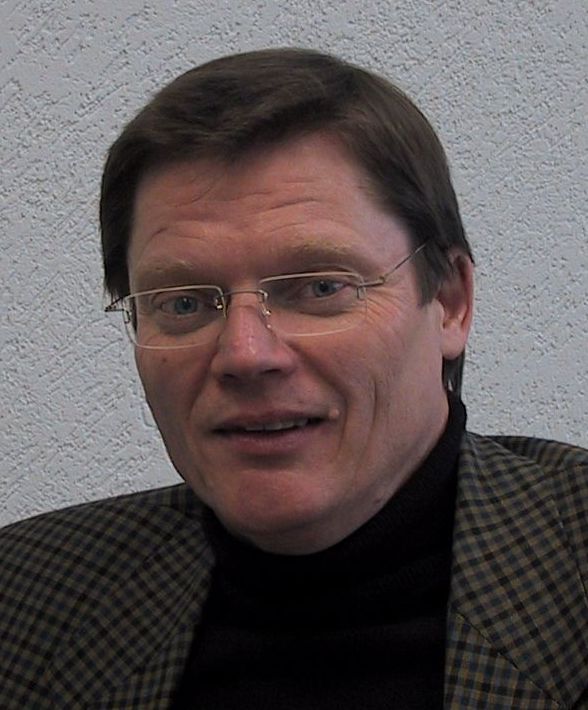 |
Transport and Mass Storage in Macro- and Nanosized Solids
|
|
It is the fundamental role of the of ionic and electronic point defects that enables the explora-tion of the solid state in terms of chemical thermodynamics and kinetics on the one hand, and of materials science and engineering on the other (defect chemistry).
|
|
17:10 - 17:50
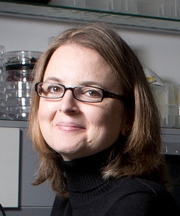 |
Materials and technologies for soft bioelectronics Stephanie P. Lacour |
|
Soft bioelectronic interfaces are broadly defined as microfabricated devices, distributed over large-areas, and with mechanical properties suited to comply biological tissues. This talk describes our efforts in narrowing the physical mismatch between electronic devices and the human body. We engineer soft bioelectronic systems borrowing materials and processes from thin-film electronic technologies and adapting them to elastic carrier substrates. We illustrate the potential of this soft technology with examples ranging from stretchable circuits, prosthetic tactile skins to soft multimodal neural implants restoringlocomotion following spinal cord injury. |
|
|
Bio: Prof. Stéphanie P. Lacour holds the Bertarelli Foundation Chair in Neuroprosthetic Technology at the School of Engineering at the Ecole Polytechnique Fédérale de Lausanne. She received her PhD in Electrical Engineering from INSA de Lyon, France, and completed postdoctoral research at Princeton University (USA) and the University of Cambridge (UK). Her research focuses on the materials, technology and integration of soft bioelectronic interfaces including artificial skin, ultra-compliant neural electrodes for in vitro platforms and in vivo implants. She is the recipient of the 2006 MIT TR35, a University Research Fellowship from the Royal Society (UK), a European Research Council ERC Starting Grant, the 2011 Zonta award and the 2014 World Economic Forum Young Scientist award.
|
|
17:50 - 18:30
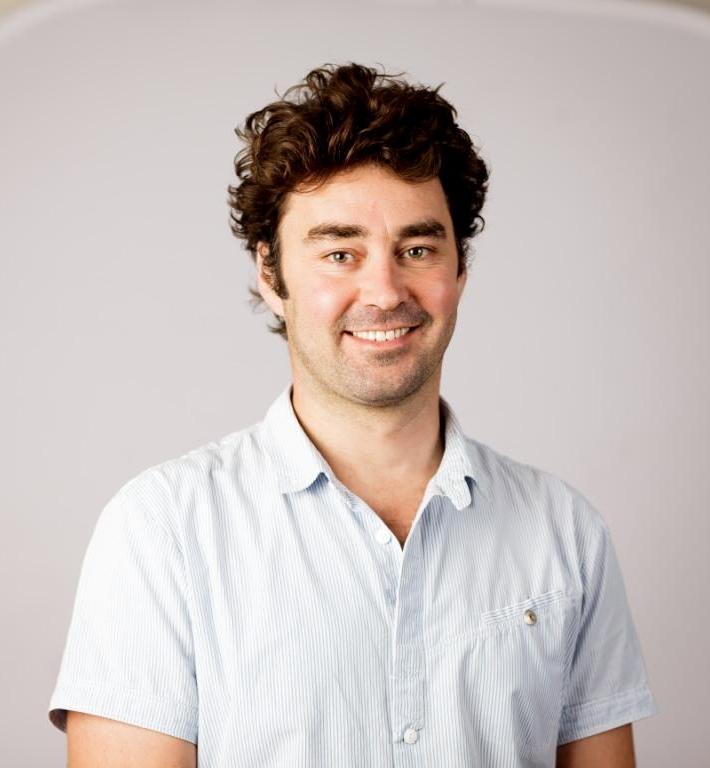 |
EU-40 Materials Prize WinnerMetal Halide Perovskites: Solar Cells, Light Emission and Novel Compounds Henry J. Snaith |
|
|
Within the last few years metal halide perovskites have risen to become a very promising PV material, captivating the research community. In the most efficient devices, which now exceed 22% solar to electrical power conversion efficiency, the perovskite is present as a solid absorber layer sandwiched between n and p-type charge selective materials. Increasing importance of improving solar cell operation is reliant upon understanding and controlling thin-film crystallisation and controlling the nature of the p and n-type contacts. In addition, understanding and enhancing long term stability of the materials and devices if a key driver. Here I will present a brief overview of the perovskite field and the emergence of this technology. I will then present some of our recent work on tuning the bad gap of the perovskite and making it compatible with multi-junction high device architectures. Beyond photovoltaics, there materials are proving to be very useful for light emission applications and I will highlight some recent advances in this area. Finally, the discovery of the remarkable optoelectronic properties of metal halide perovskites has spurred renewed activity in the discovery of other new materials which may possess equally good qualities. Here I will show some recent results of some of the new directions we are pursuing in the area of new materials discovery.
|
||
18:30 - 18:35
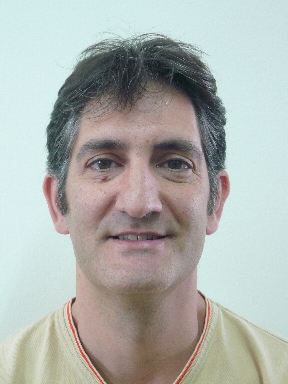 |
NFFA-Europe: enhancing European competitiveness in nanoscience research and innovation. Luis Fonseca |
|
|
NFFA•EUROPE is an European open access resource for experimental & theoretical nanoscience and sets out a platform to carry out comprehensive projects for multidisciplinary research at the nanoscale extending from synthesis to nanocharacterization to theory and numerical simulation. Advanced infrastructures specialized on growth, nano-lithography, nano-characterization, theory and simulation and fine-analysis with Synchrotron, FEL and Neutron radiation sources are integrated in a multi-site combination to develop frontier research on methods for reproducible nanoscience research and to enable European and international researchers from diverse disciplines to carry out advanced proposals impacting science and innovation. NFFA•EUROPE will enable coordinated access to infrastructures on different aspects of nanoscience research that is not currently available at single specialized ones and without duplicating their specific scopes. Approved user projects will have access to the best suited instruments and support competences for performing the research, including access to analytical large scale facilities, theory and simulation and high-performance computing facilities. Access is offered free of charge to European users and users will receive a financial contribution for their travel, accommodation and subsistence costs. The users access will include several “installations” and will be coordinated through a single entry point portal that will activate an advanced user-infrastructure dialogue to build up a personalized access programme with an increasing return on science and innovation production. The own research activity of NFFA•EUROPE will address key bottlenecks of nanoscience research: nanostructure traceability, protocol reproducibility, in-operando nano-manipulation and analysis, open data.
|
||
18:35 - 18:45
| Reach.Out! Award Ceremony | ||
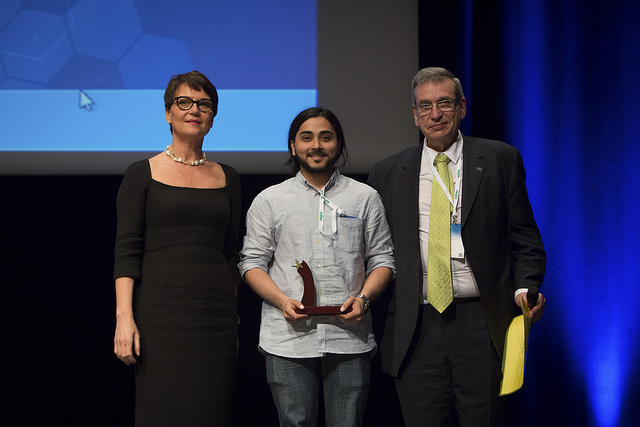 |
1st prize: "Science Slam" represented by Kishan Thodkar from the University of Basel in Switzerland |
|
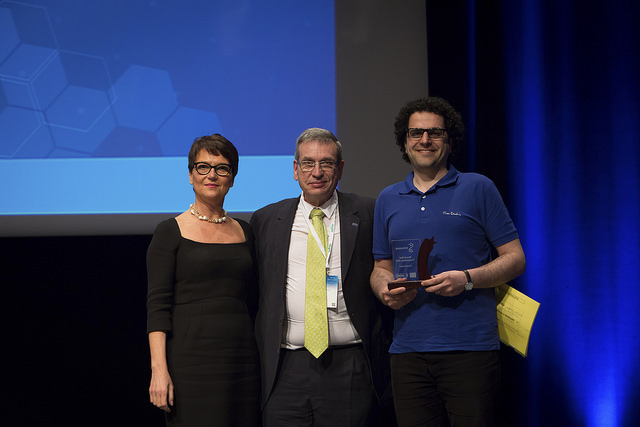 |
2nd prize: "www.techomat.com" represented by Mehdi Keshavarz Hedayati & Babak Mozooni from the University of Kiel in Germany More information on the activity here |
|
|
|
3rd prize: "NanoTechnology to the School: Students Exploit Materials" represented by Vassilios Binas from the University of Crete, FORTH in Greece More information on the activity here Watch the video1 here / Watch the video2 here |
|
18:45 - 19:15
| Graduate Student Awards Ceremony | |
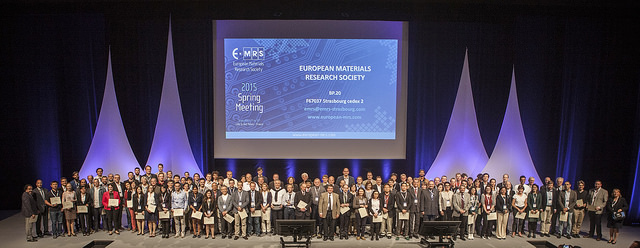 |
|

